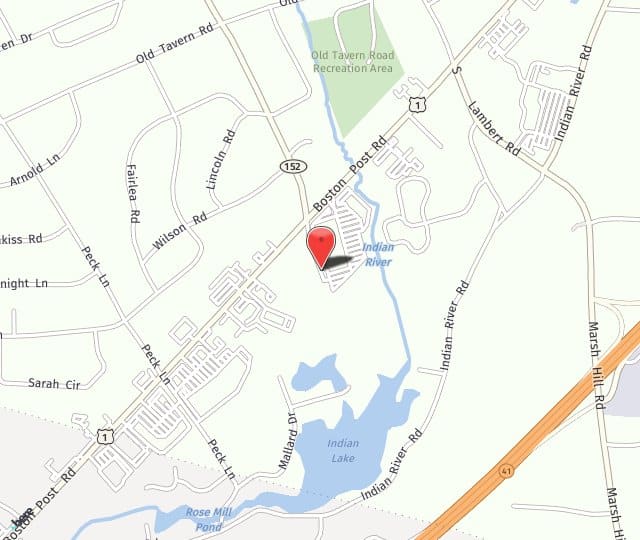Breast Surgery
Breast Asymmetry
Many women are genetically predisposed to having breasts that are uneven in size and shape. These differences in breasts are often undetectable to patients themselves, causing no problems at all, while other women can have obvious asymmetry, which can cause both an unbalanced appearance and emotional distress. Asymmetric breasts can be corrected through breast surgery that either enlarges the smaller breast or reduces the larger one. Implants can be placed in smaller breasts or a breast reduction can be performed on larger breasts. If the nipples appear at different heights, surgery can relocate one or both of the nipples.
All of these options produce breasts that are more similar in appearance, working with each woman’s unique body to achieve the best possible results. Creating a more balanced appearance can help improve physical balance, self-confidence and body image.
Please note: Although many doctors perform cosmetic procedures, you need to know that plastic surgeons, facial plastic surgeons, and cosmetic surgeons are not the same thing, plus board-certification matters. Learn more about specialization here. Also be sure to watch the video: How to Avoid Unqualified Practitioners.
Dr. Restifo is a Harvard-educated, board-certified plastic surgeon with over twenty-five years of experience performing surgery. He regularly treats patients with breast asymmetry and those who had atypical adolescent breast development.
Patient Testimonials
Great Consultations Begin at Home
Breast Reconstruction
Modern surgical technology makes it possible to construct a natural-looking breast after mastectomy (breast removal) for cancer or other diseases. The procedure is commonly begun and sometimes completed immediately following mastectomy so that the patient wakes with a new breast mound instead of no breast at all. Alternatively, reconstruction may begin years after mastectomy. Many insurance companies cover reconstruction following breast cancer surgery, and legislation is currently before Congress to make coverage mandatory. Women whose cancer seems to have been eradicated with mastectomy are the best candidates for breast reconstruction. Those with health problems such as obesity and high blood pressure and those who smoke are advised to wait. Others prefer to postpone surgery as they come to terms with having cancer, consider the extent of the procedure, or explore alternatives.
The reconstruction itself consists of multiple operations, the first of which involves the creation of a breast mound and is performed during or after mastectomy in a hospital under general anesthesia. Later surgeries, if necessary, may be done in the hospital or an outpatient facility, with either general or local anesthesia.
There are several ways to reconstruct the breast, both with and without implants; your breast surgeon and plastic surgeon should work together with you in deciding which approach is best for you.
Breast reconstruction has not been proven to affect the recurrence of cancer or other diseases, chemotherapy or radiation treatment.
Nevertheless, in addition to the complications possible from any surgical procedure (bleeding, fluid collection, excessive scar tissue, or difficulties with anesthesia), there are some risks inherent in breast reconstruction, including infection around the implant, if an implant is used, and capsular contracture, when the scar (capsule) around the implant tightens, causing the breast to feel hard. Treatment for capsular contracture varies from “scoring” the scar tissue to removing or replacing the implant. Some patients may need time to come to terms emotionally with their new breasts.
Breast Reduction
Large breasts can negatively impact a woman both physically and emotionally, causing symptoms such as chronic back pain, rashes, poor posture, low self-esteem and restricted activity. Many women seek treatment to reduce the painful effects of their large breasts, while also improving their self-confidence and overall quality of life.
Also known as reduction mammaplasty, breast reduction surgery reduces the size of large, disproportionate breasts by removing excess fat, tissue and skin for a more desirable appearance and relief of physical and emotional symptoms. During the breast reduction procedure, the surgeon makes either a circular incision around the nipple then downwards or an anchor incision that circles the nipple and extends down the breast and along the breast crease. Fat and glandular tissue is then removed, while excess skin is tightened to produce a smaller, natural-looking breast. The nipple and areola are not removed but are usually repositioned higher on the breast.
The results of a breast reduction are visible right away and will continue to improve as swelling and bruising subside. Scars will continue to fade over time, becoming less and less noticeable. See Dr. Restifo’s Before/After Photo Gallery for Breast Reduction.
Watch Real Patient Testimonials!
Will Insurance Cover Breast Reduction?
One of the most commonly asked questions patients have is whether insurance will cover any portion of breast reduction. The answer is, it depends. It depends on your insurance provider. It depends on whether the size of your breasts is causing other health concerns (e.g. back or neck problems), and it depends on how much tissue may need to be removed.
Insurance companies typically require documentation that you’ve tried to correct any issue with physical therapy prior to seeking plastic surgery.
Dr. Restifo currently only performs cosmetic breast reduction procedures.
Male Breast Reduction (Gynecomastia)
Gynecomastia is a common condition that affects nearly half of all men, resulting in localized fat and/or glandular tissue in the breasts. For most cases of gynecomastia, the cause is unknown, but this condition may be linked to certain medications or diseases. Many men are embarrassed by this condition and seek treatment to achieve a smooth, contoured chest through male breast reduction.
Male breast reduction may be performed using liposuction, surgery or a combination of the two, depending on the amount and type of tissue found in the breasts. If the breasts consist of mostly fatty tissue, liposuction may be used to suction out fat from an incision in the nipple or underarm areas. For breasts with an excessive amount of glandular tissue, excision surgery may be performed, which requires cutting away the excess fat, skin and tissue through a larger incision. Your surgeon will determine which technique is best for you based on your individual goals for surgery.
After breast reduction surgery, patients will usually be able to return home the very same day. Post-operative symptoms may include swelling and discomfort, which can be managed through pain medication and compression garments worn for the first few days after surgery. Patients will be able to return to work once they feel well enough, but should avoid sexual activity and strenuous exercise for a week or two while the chest heals. For most patients, breast reduction surgery produces a flatter, more well-defined chest that can last for many years, as long as patients maintain a stable weight.
Dr. Restifo routinely performs gynecomastia surgery.










